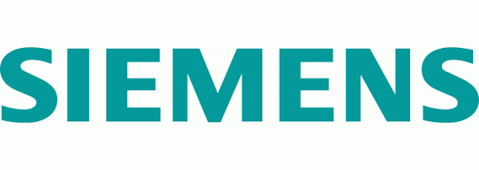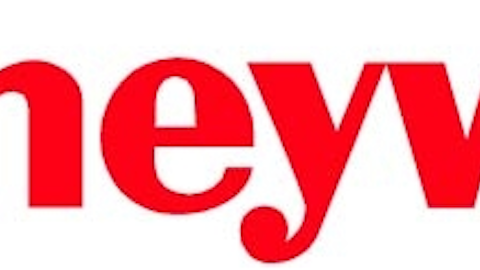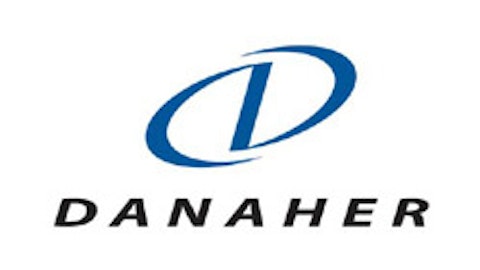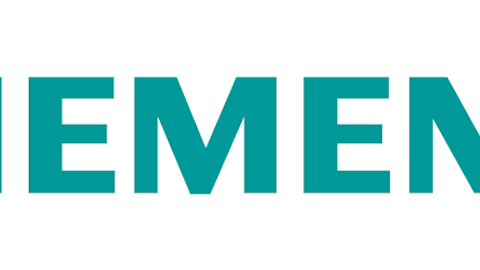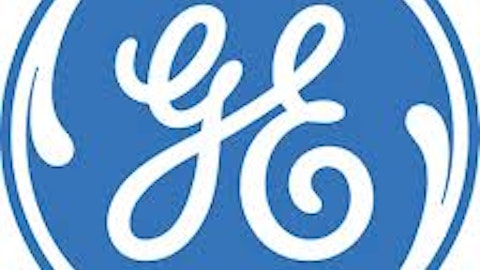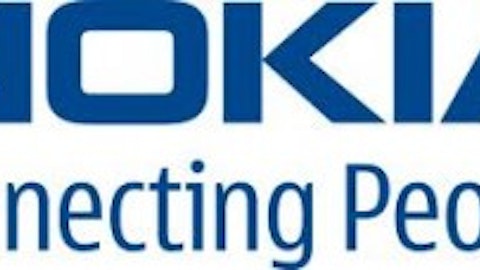 Eugene Fama was a name many investors never heard before the University of Chicago professor won this year’s Nobel Prize in Economics. Yet Dr. Fama has had a tremendous impact on the investment community over the past 50 years.
Eugene Fama was a name many investors never heard before the University of Chicago professor won this year’s Nobel Prize in Economics. Yet Dr. Fama has had a tremendous impact on the investment community over the past 50 years.
Fama’s research has shown that value stocks outperform growth stocks in the long run. He has demonstrated that small-cap stocks offer greater returns than large-cap stocks over time, and that the market leaders of the recent past are likely to continue leading the market in the future.
Articles explaining these concepts are found in academic journals and include math that could challenge the understanding of many college graduates. Yet, these ideas are easily applied by individual investors. Like many great thinkers, Fama has made difficult ideas simple to understand.
Value investing can be applied with a number of tools. Price-to-earnings (P/E), price-to-book (P/B) and price-to-sales (P/S) ratios are popular, and all work well if applied with discipline.
Small-cap stocks can be rewarding in the long run. While there are a number of opportunities among small caps, most traders will find there are just as many opportunities among large-cap stocks.
Market leaders are defined with relative strength (RS), a tool we apply frequently when looking for stocks to trade. Fama’s work in this area has also been confirmed by real-world trading experience.
Fama shared this year’s award with Dr. Robert Shiller, who popularized the cyclically adjusted P/E ratio, among his many accomplishments, and Dr. Lars Peter Hansen, who developed a complex model that is used to test theories of how markets set prices.
Several other Nobel Prizes have gone to researchers who provide valuable information to investors. The 2002 prize, for example, went to Daniel Kahneman for his work in behavioral finance, which provides an intellectual framework for applying technical analysis to the markets. In 1997, Robert Merton and Myron Scholes were recognized by the Nobel Committee for their work with the late Fischer Black to develop an options pricing model. In 1990, Harry Markowitz, Merton Miller and William Sharpe were honored for the development of modern portfolio theory.
We have read a number of papers written by these economists, along with the work of other economists. While their ideas might seem abstract, they are directly applicable to investing. We have built entire trading systems around the ideas in those papers.
A trade that the Nobel Prize-winning ideas point to right now is in Siemens AG (ADR) (NYSE:SI). This company produces items ranging from home appliances to subway train cars.
When a business is diverse, it often trades at a discount in the market because analysts are unsure how to value the different operating divisions. SI is trading at an unusually steep discount to its potential value and has a PEG ratio of only 0.22. The PEG ratio compares the P/E ratio to the earnings growth rate. A stock is considered to be trading at fair value when the PEG ratio is 1.
The PEG ratio can also be used to develop price targets. With SI expected to earn $9.16 per share next year, and with the company expected to grow earnings at 61.8% a year going forward, if the P/E were equal to the earnings growth rate, SI would be worth more than $500 a share, but it is currently trading under $125.
The PEG ratio is telling us that SI is a buy based on value. Even a more conservative estimate of the stock’s value, using a P/E ratio of 20, which is just below the seven-year average P/E ratio of SI, would indicate that SI is a buy, giving us a target of $183.
RS, shown at the bottom of the chart, confirms this signal. SI has an RS rank of 80, indicating that it has outperformed 80% of all other stocks over the past six months.

An options pricing model points us to a specific put selling trade. The January 2014 $115 put options are worth $2.25, according to the model. They are currently trading with a bid of $1.90 and an ask price of $2.90. Selling the put above $2.30 using a limit order would provide a way to benefit from a pullback in SI. Each put option covers 100 shares of stock.
If SI is below the $115 strike price when the option expires in January, selling a put creates an obligation to buy 100 shares of the stock at $115 per share. Since selling the put also provides immediate income, we can subtract that from our buy price. In this case, the cost of SI would be $112.70, about 12.3 times next year’s estimated earnings.
If SI is above $115 when the option expires, the profit on the trade is the $230 received for selling the put option. Most brokers will require a margin deposit equal to about 20% of the option’s strike price when you sell a put, or $2,300 (20% of $115 x 100 shares) in this example. So the return on investment if the put expires worthless will be 10% in less than three months.
Understanding Noble Prize-winning ideas can help individual traders generate profits. SI is one example, and the stock market offers additional opportunities nearly every day.
Recommended Trade Setup:
— Sell SI Jan 2014 115 Puts for $2.30 or more
— If SI is below $115 when the put expires, you will buy the stock at a 9.5% discount to recent prices
— If SI is above $115 when the put expires, you will have a profit of $280 for a return on investment of 10% in three months
Note: Amber uses this same strategy in her premium Income Trader service and reader emails are pouring in: “Up over 60% on average… Making about $30,000/year… An average $1,300 a month… $19,500 in the last six months…” Some have even made over $100,000 this year. Click here to learn more.
This article was originally written by Michael J. Carr and Amber Hestla and posted on ProfitableTrading.
$1,000 Per Month Trading System
You could collect $1,000 or more per month without buying a single stock. Click here to learn how…
